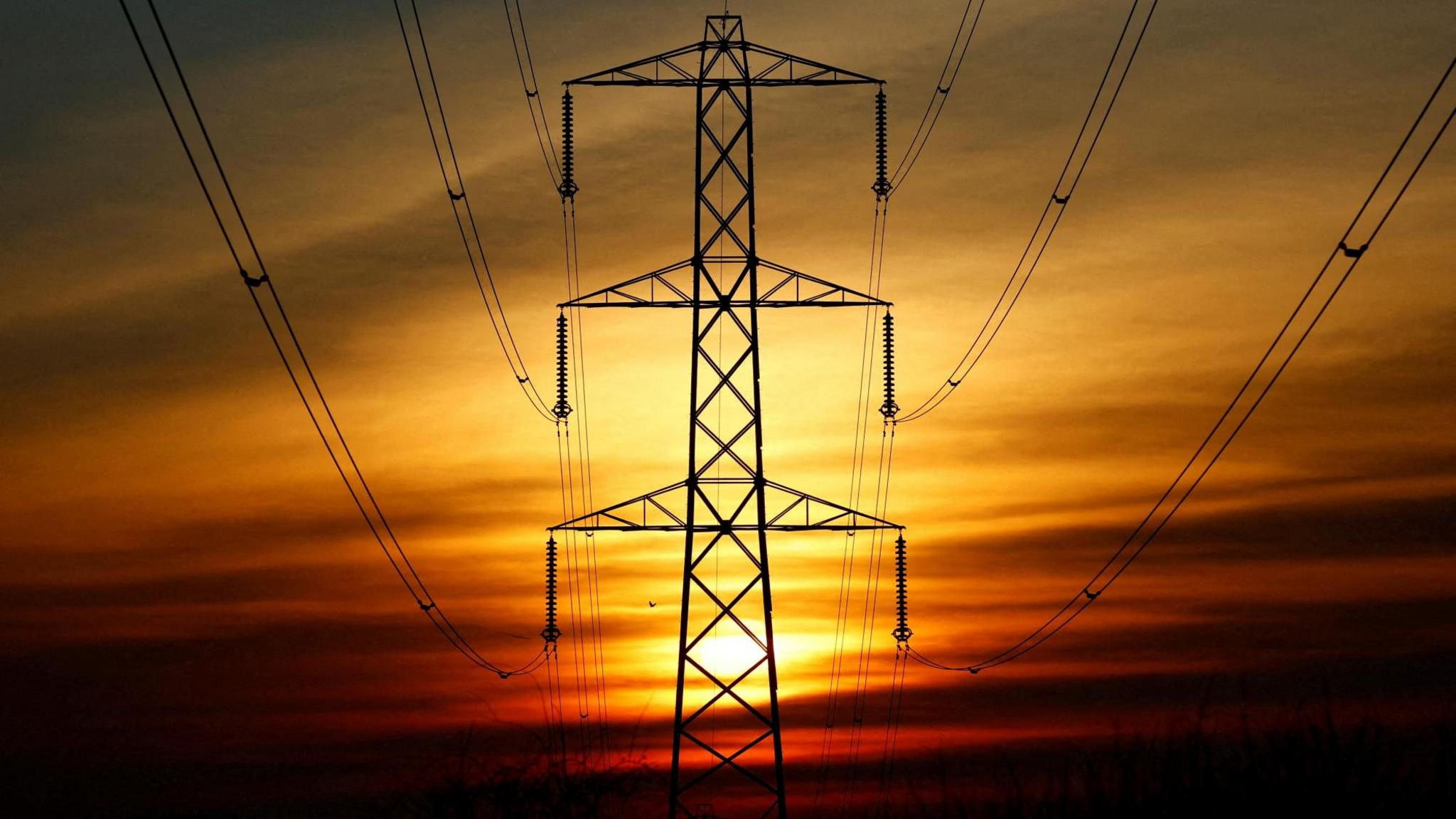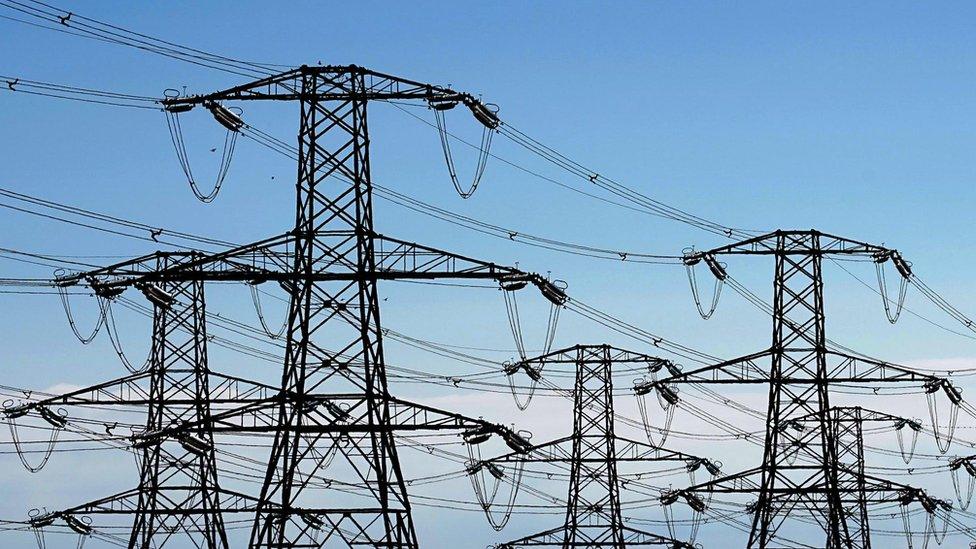MP says pylons right decision for energy project

Jess Asato said if cables had been laid underground it would have caused "huge tunnels" and a "loss of biodiversity"
- Published
A Suffolk MP has said the National Grid is right to build pylons on the Norfolk and Suffolk border as part of a controversial energy project.
The National Grid had considered laying cables underground in the Waveney Valley area as part of the project, which would see power lines span 112 miles (180km) between Norwich and Tilbury, Essex.
However, following a consultation, the company has decided to lay cables overground, saying it was the most efficient, quickest and cheapest method for the government to meet its net zero targets.
Jess Asato, the Labour MP for Lowestoft, said: "We are talking about huge tunnels bored into the ground and a lot of loss of biodiversity. "
The project would see 50m-high (164ft) pylons run between the existing substations at Norwich, in Norfolk, Bramford in Suffolk and Tilbury in Essex, as well as connecting to new offshore wind farms.
Across the Waveney Valley, the firm considered using a range of underground installation techniques to hide the cables - such as horizontal directional drilling - but decided it would either have potentially negative environmental impacts or carry a high cost.
'Economically impossible'
Asato said the focus should now be about holding the firm "to account".
She said: "If you were to get rid of the pylons and do everything underground it would put up to 10% extra on people's bills.
"National Grid have said they will increase biodiversity by 10% so that's what I think we should be focusing on, holding them to account, and making sure we are getting good green jobs out of it."
Jerome Mayhew, the Conservative MP for Broadland and Fakenham, said plans to build more than 100 miles of pylons was "ideological madness".
He added: "It is madness to try to decarbonise the National Grid by 2030. That is economically impossible, they will fail.
"In trying to do it, they will concrete over large parts of our countryside and it's a vanity, ideologically driven project by Ed Miliband [the Secretary of State for Energy and Climate Change]."
The project is part of The Great Grid Upgrade, external, by the National Grid, which it described as "the largest overhaul of the electricity grid in generations".
The company said that by the end of the decade, external, there could be about 18 GW of new cleaner energy, which would be enough to power about 18 million homes connected into the East Anglian network.
The firm will now submit an application to the Planning Inspectorate and if approved, construction on the power line would start in 2027 and be fully operational by 2031.
Get in touch
Do you have a story suggestion for the East of England?
Follow East of England news on X, external, Instagram, external and Facebook: BBC Beds, Herts & Bucks, external, BBC Cambridgeshire, external, BBC Essex, external, BBC Norfolk, external, BBC Northamptonshire, external or BBC Suffolk, external.
Related topics
- Published7 January

- Published26 July 2024

- Published13 March 2024
